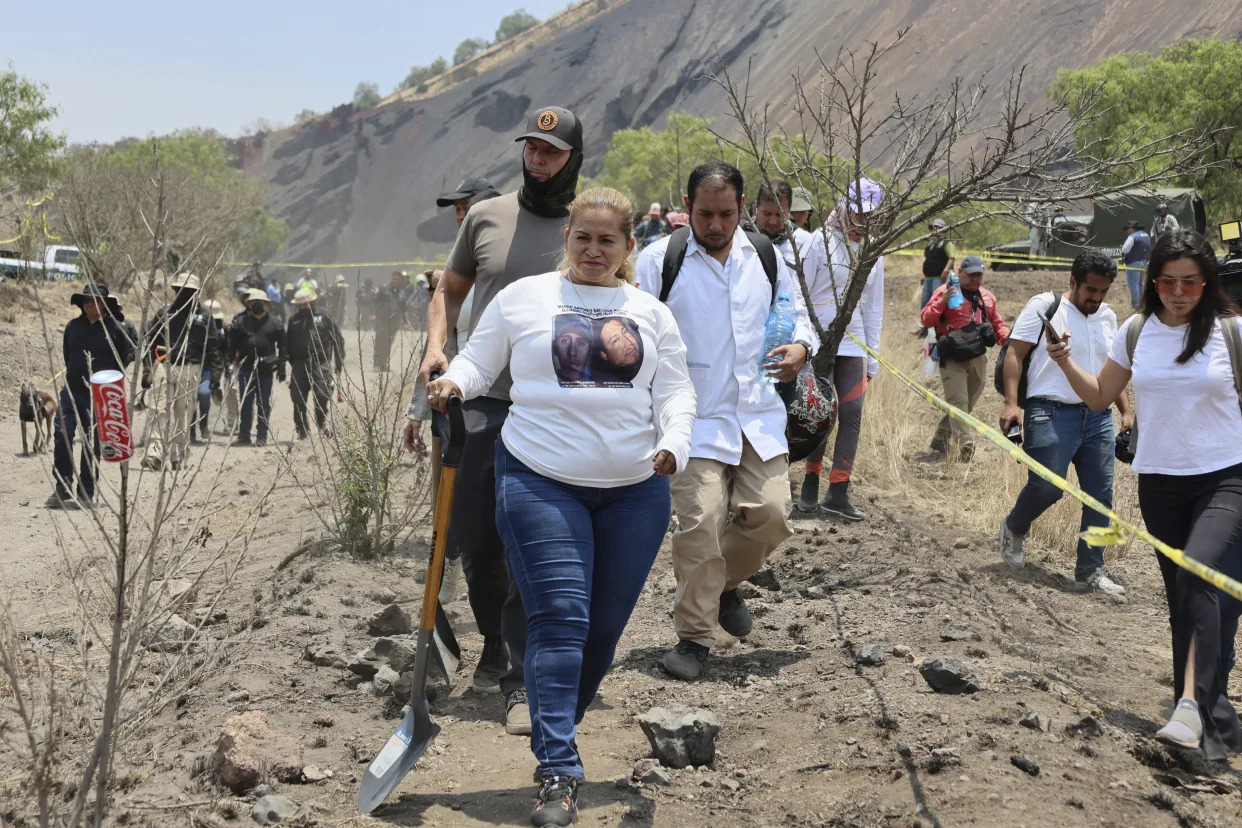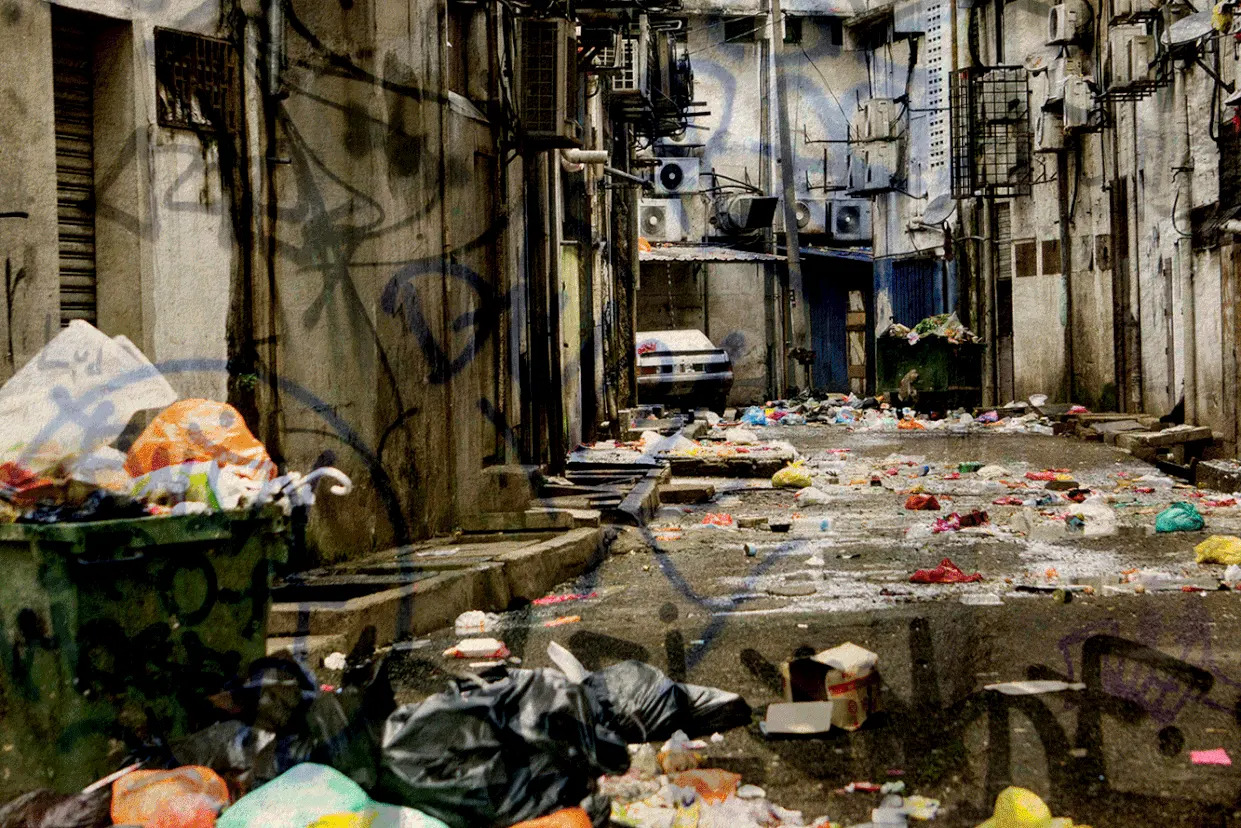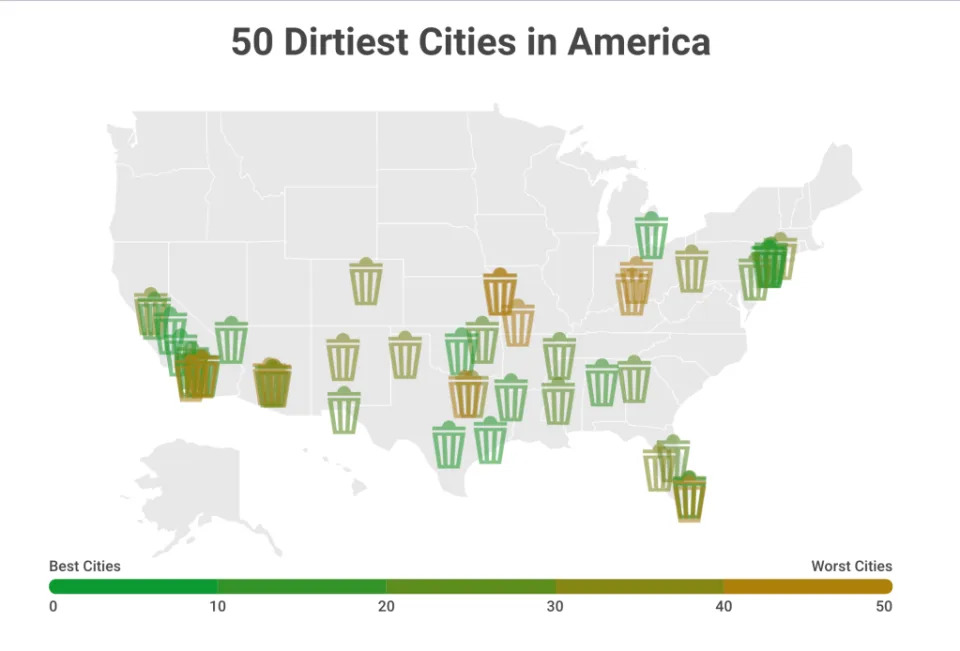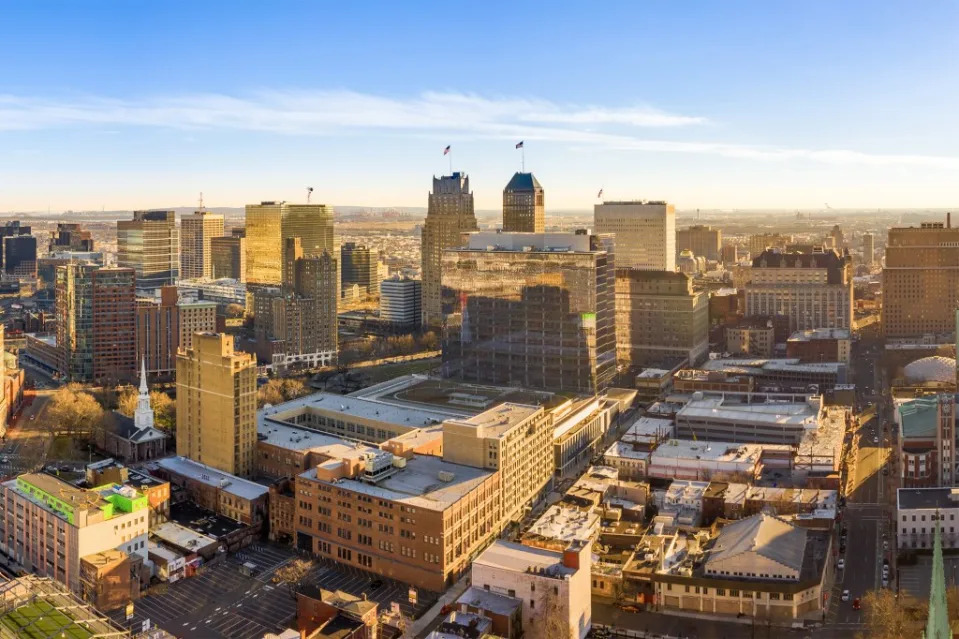Fox Weather
These are the 10 most bacteria-polluted beaches in America, group says
Hillary Andrews – June 9, 2024
The Surfrider Foundation just released its list of the top 10 most bacteria-polluted beaches in America during 2023. At two beaches, every sample taken throughout the year exceeded state health standards.
The organization set up the Blue Water Task Force (BWTF) which sampled water at 567 different sites across beaches, oceans, estuaries and freshwater creeks throughout the U.S. They collected 9,538 samples. About 22% of the samples showed high bacteria levels and 64% of the almost 600 beaches monitored didn’t pass state health standards at least once.
According to the report, funding is leading to a reduction in the number of beaches being monitored by government agencies on a regular basis.
“Chronic underfunding has forced states to prioritize which beaches to monitor, reduce sampling frequency, and limit beach seasons in order to stretch their federal grant dollars as far as possible,” stated the Surfrider’s Clean Water Report 2023.
“Most chapter water testing programs are designed to fill in the gaps and extend the coverage of state and local agency beach monitoring programs,” the report continued. “Surfrider volunteers are not only testing beaches that are not covered by agencies, but they are also monitoring potential sources of pollution, such as stormwater outlets, rivers, and creeks that discharge onto our beaches.”
Some beaches only monitor in the summer. About 67% of the samples showed low bacteria levels and 11% showed medium levels.
“The majority of the water samples that failed to meet health standards were collected from freshwater sources, such as rivers, creeks, and marshes, which are influenced by storm water runoff, or at beaches near these outlets,” wrote Surfrider. “These results are consistent with national trends, which show that storm water runoff is the number one cause of beach closures and swimming advisories in the U.S.“
FECAL MATTER POSED RISK AT 90% OF TEXAS BEACHES LAST YEAR, REPORT SAYS. HERE’S HOW TO TRACK IT
Stormwater washes chemicals and other pollutants from streets and lawns into local waterways and down to the beach, the group said. Stormwater and flooding after heavy rain can also cause wastewater systems, like cesspools, septic systems and sewers, to fail and send untreated sewage into rivers, streams, oceans and lakes.
“Nearly 10 trillion gallons of untreated stormwater runoff flow into U.S. waterways every year, carrying a cocktail of pollutants including road dust, oil, animal waste, fertilizers, and other chemicals,” Surfrider wrote. “Sewage can contain bacteria, viruses, and parasites that make people sick with gastrointestinal symptoms, rashes, skin and eye infections, flu-like symptoms, and worse.”
Both Imperial Beach in San Diego County, California, and Nawiliwili Stream at Kalapaki Bay in Lihue, Hawaii, on the island of Kauai, failed every test. That means that bacterial levels were so high, the state deems the beach unsafe for swimming.
HOW TO TRACK YOUR BEACH’S WATER QUALITY
Authorities have closed Imperial Beach for 930 days, according to local media. However, closing the beach to swimming still won’t keep everyone safe.
“These closures don’t fully prevent people from getting sick as some toxins are aerosolizing and contaminating the air in Imperial Beach and other nearby border communities,” said Surfrider. “People are getting sick just by breathing the air as they go to work, school, and even trying to enjoy their own backyards.”
South Bay Urgent Care in Imperial Beach told FOX 5 San Diego that in the past year the number of patients needing breathing treatments grew by 140%.
RAINWATER POLLUTED BY FOREVER CHEMICALS WORLDWIDE, STUDY SAYS

“Every day is another patient getting sick, and we don’t want that anymore. We see newborns come in. It’s tough for people over 100,” Dr. Mathew Dickson said. “They’re coughing, eyes are running, eyes are watering, and they’re wheezing a lot.”
He is on a task force researching long-term effects of pollution exposure.
The Scripps Institute of Oceanography linked 34,000 illnesses to Imperial Beach pollution in 2017.
“Coastal waters along Tijuana, Mexico, and Imperial Beach, USA, are frequently polluted by millions of gallons of untreated sewage and stormwater runoff,” the research stated. “Entering coastal waters causes over 100 million global annual illnesses, but CWP (coastal water pollution) has the potential to reach many more people on land via transfer in sea spray aerosol.”
Hurricane Hilary alone released 2.5 billion gallons of contaminated stormwater through the Tijuana River Valley, according to the Clean Water Report. Volunteers found bacterial levels almost 100 times higher than California’s health standard for safe recreation.
TOXIC ALGAE BLOOM BECOMING DEADLY FOR SEA LIONS, DOLPHINS IN PACIFIC OCEAN

A Scripps study from 2021 pointed out that in the U.S. alone, an estimated 90 million cases of waterborne illness of the gastrointestinal tract, ear, eye, respiratory tract and skin occur every year from recreational contact. The estimated cost of that is $2 billion every year.
“These priority beaches represent a variety of recreational waters and access points that are important to local communities, yet water quality conditions could be putting public health at risk,” Surfrider said. “No one should get sick from spending time at the beach.”
Other beaches and waterways on the list are recreational waters and access points to rivers and bays for paddleboarders and kayakers in local communities.
Nawiliwili Stream in Hawaii flows across a Kauai, Hawaii, beach where families bring kids to play in the calm shallow waters, according to Surfrider.
HOW FLOODWATER CAN MAKE YOU VERY SICK
Linda Mar Beach in Pacifica, California is a popular surf break. Kahalulu on Oahu in Hawaii is an access point for snorkeling, boating and fishing in Kaneohe Bay.

The BWTF posts recent water test results on their website. The EPA has a list of all beaches that are monitored. The EPA also posts beach closures and advisories along with water test results.




















